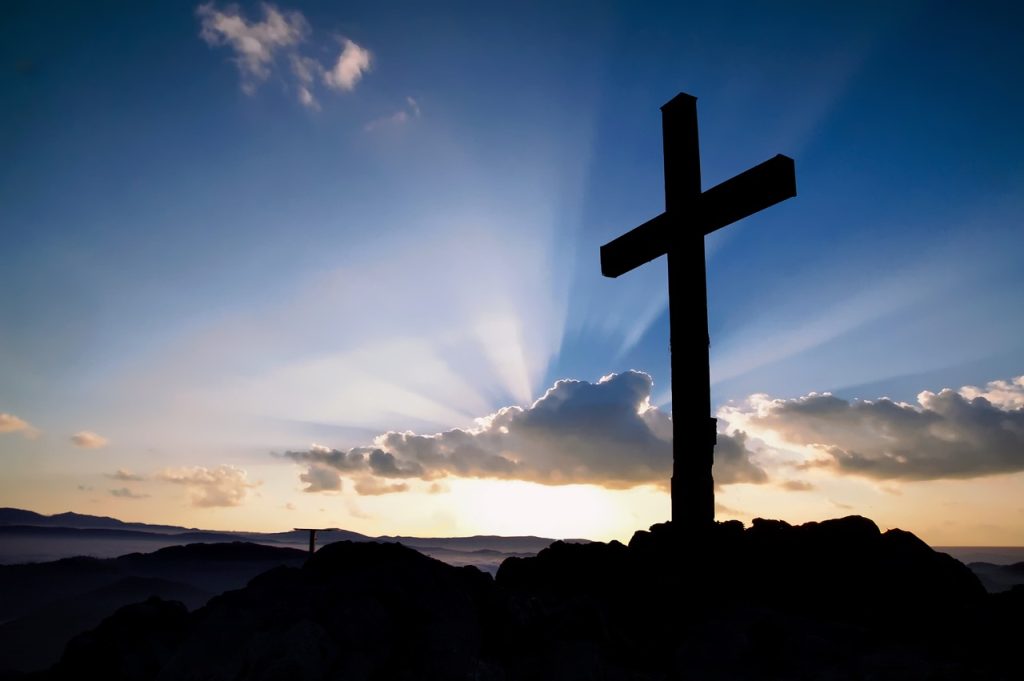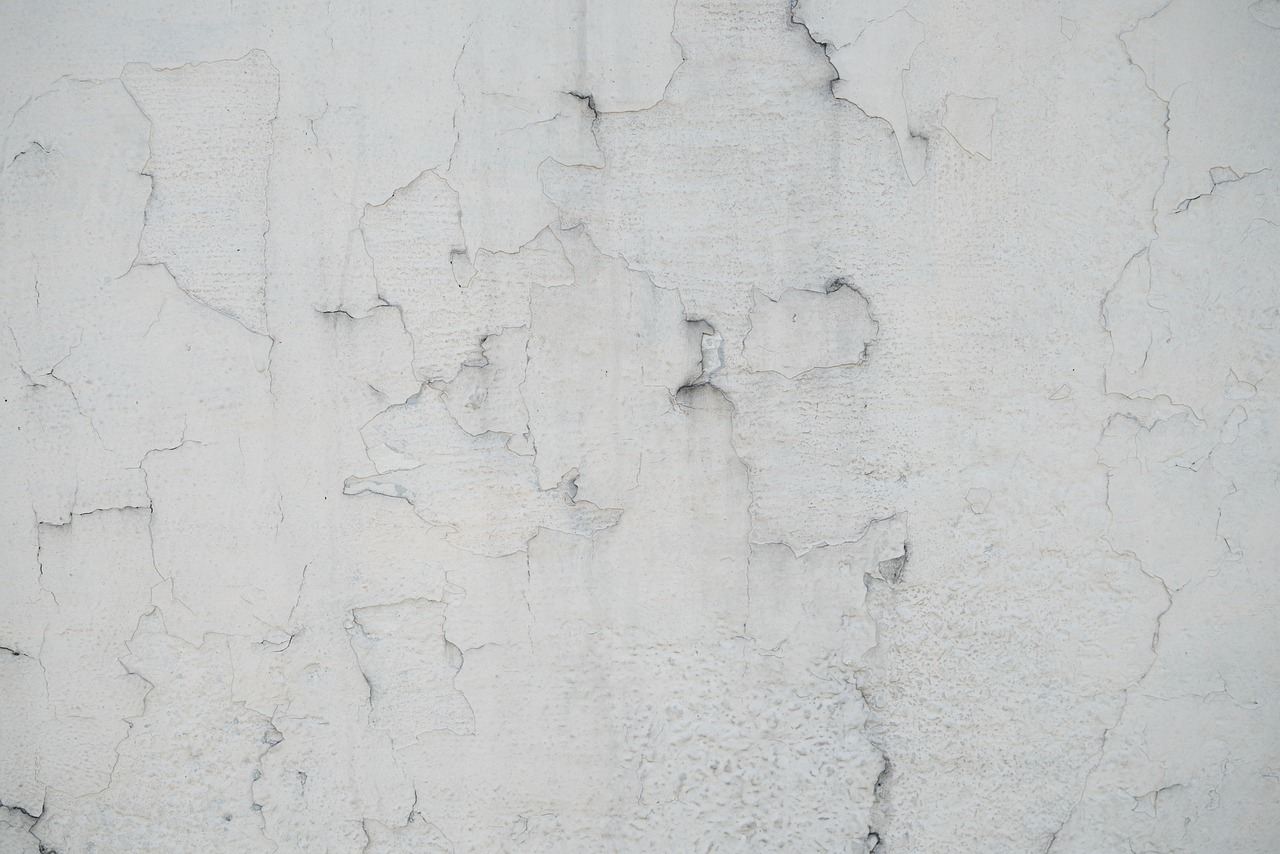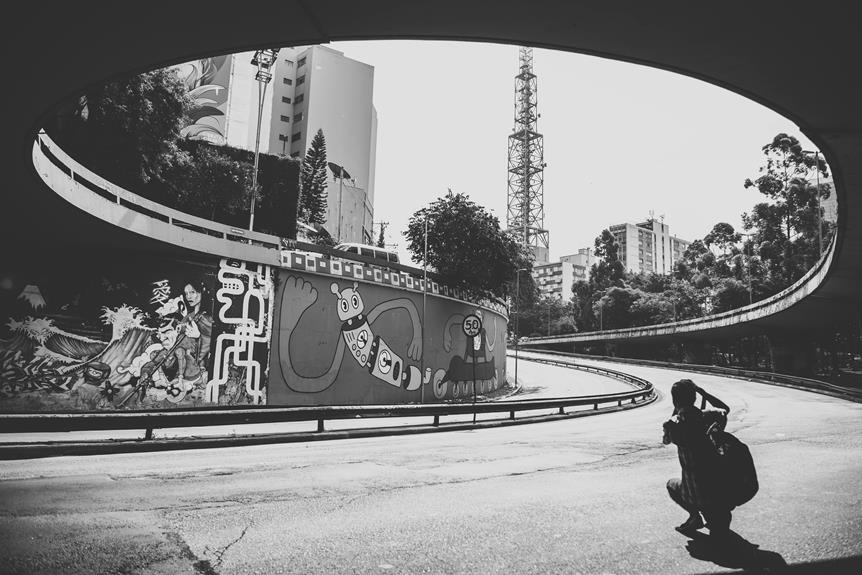Christian Art

Christian art, evolving from Roman influences to Byzantine abstract styles, reflects deep historical and cultural layers.
It uses symbols like the cross and the fish to convey complex theological ideas, enriching our understanding of faith.
During the Renaissance, masters like Michelangelo and Da Vinci set unparalleled standards. Contemporary artists, such as Makoto Fujimura, blend sacred and secular elements.
In worship, art shapes sacred spaces and inspires meditation through architecture and stained glass.
By engaging with Christian art, you’ll explore the intersection of spirituality, history, and artistic expression, deepening your appreciation of this rich tradition.
Key Points
- Christian art evolved from Roman influences and shifted towards Byzantine abstraction post-Western Roman Empire.
- Iconography and symbols like the cross and dove convey theological ideas and tell biblical stories.
- Renaissance artists like Michelangelo and Leonardo da Vinci set high standards in Christian art.
- Modern Christian art includes diverse mediums and contemporary interpretations influenced by artists like Makoto Fujimura.
- Christian art enhances worship through sacred architecture, stained glass, and religious artefacts.
History of Christian Art
How did early Christian art evolve from its Roman influences to become a dominant cultural force in Europe after the fall of the Western Roman Empire?
Initially, early Christian art borrowed heavily from Roman artistic traditions. You can see this in the oldest Christian sculptures from the 2nd century, which exhibit Roman stylistic elements.
However, as Christianity spread, regional variations emerged, reflecting the cultural significance of local contexts. The artistic evolution saw a gradual shift from Roman naturalism to the more abstract, hieratic style of Byzantine art.
This transformation wasn’t uniform; different regions adapted Christian themes to their own artistic traditions.
By the time the Western Roman Empire fell, Christian art had become the primary cultural force in Europe, laying the groundwork for medieval artistic expression.
Iconography and Symbolism
Iconography and symbolism in Christian art serve as a profound visual language that conveys theological concepts and spiritual truths.
Through religious significance and artistic interpretation, symbols like the cross, fish, lamb, and dove offer spiritual messages that resonate deeply with believers.
These visual representations aren’t random; they’re carefully chosen to encapsulate complex theological ideas.
For instance, the lamb symbolizes Christ’s sacrifice, while the dove represents the Holy Spirit. By understanding these symbols, you can gain a richer appreciation of Christian artworks.
The iconography used in these pieces isn’t just decorative but serves to tell biblical stories and communicate deeper spiritual truths, making the art a powerful tool for religious education and personal reflection.
Famous Christian Artists
Renowned for their profound contributions to Christian art, Michelangelo, Leonardo da Vinci, and Raphael set the standard during the Renaissance with their masterful depictions of biblical themes.
Their artistic techniques and cultural influences shaped the interpretation of Christian narratives, blending spiritual inspiration with meticulous craftsmanship.
In the Baroque period, Caravaggio’s dramatic use of light and shadow brought religious interpretations to life. Rembrandt, with his deep spirituality, infused his Christian artworks with emotional depth.
Salvador Dalí’s avant-garde surrealism and Marc Chagall’s use of Christian imagery to convey universal themes added modern dimensions to traditional subjects.
| Artist | Period |
|---|---|
| Michelangelo | Renaissance |
| Leonardo da Vinci | Renaissance |
| Raphael | Renaissance |
| Caravaggio | Baroque |
| Rembrandt | Dutch Golden Age |
These artists’ works continue to inspire and resonate within the domain of Christian art.
Modern Christian Art
In light of evolving cultural influences and diverse artistic mediums, modern Christian art continues to push the boundaries of traditional religious expression.
Artists like Salvador Dalí and Marc Chagall have offered contemporary interpretations of Christian themes, enriching the dialogue between faith and art.
Makoto Fujimura’s work stands out, blending sacred and secular domains through intricate artistic expressions and spiritual exploration.
Although modern Christian art often lacks mainstream recognition, its impact remains profound.
- Contemporary interpretations: Artists reframe biblical narratives.
- Cultural influences: Diverse backgrounds shape unique perspectives.
- Artistic expressions: Varied mediums include painting, sculpture, and digital art.
- Spiritual exploration: Deep personal faith journeys manifest in creative forms.
These elements collectively highlight the dynamic nature of modern Christian art.
Impact on Worship
As modern Christian art continues to evolve, its profound impact on worship becomes increasingly evident through the visual and symbolic enrichment it provides to spiritual practices.
You’ll find that churches use visual representations of biblical stories to create a sacred atmosphere that enhances meditation and reflection.
| Element | Impact on Worship |
|---|---|
| Architecture | Creates a sacred atmosphere |
| Stained Glass | Offers spiritual inspiration and visual representation |
| Religious Artifacts | Serves as a meditation aid |
These elements contribute to a more immersive worship experience, allowing you to deepen your spiritual connection with God. Christian art’s imagery and symbolism don’t just decorate; they invite you into a deeper engagement with your faith and traditions.
Frequently Asked Questions
What Are the 4 Types of Christian Art?
You’ll find four types: Byzantine with iconic symbolism, Gothic with intricate cathedrals, Renaissance emphasizing realism and humanism, and Baroque focusing on dramatic lighting and ornate decoration, all illustrating rich Biblical narratives.
What Is the Most Famous Piece of Christian Art?
The most famous piece is Leonardo da Vinci’s ‘The Last Supper.’ However, Michelangelo’s Pieta and the Sistine Chapel ceiling also hold significant acclaim, showcasing unparalleled artistry and emotional depth, making them cultural icons as well.
Is Art Allowed in Christianity?
Yes, art is allowed in Christianity. While there were early controversies regarding its use, Christian art often employs biblical symbolism to express faith, inspire worship, and educate believers, ultimately enhancing spiritual reflection and connection with the divine.
What Are the Features of Christian Art?
You’ll find Christian art features rich iconography styles and profound Biblical symbolism. It often uses imagery to convey spiritual truths and Biblical narratives, fostering deeper connections with faith and enhancing spiritual reflection through visual storytelling.
Conclusion
You’ve now explored the rich history and profound symbolism of Christian art.
By examining the contributions of famous artists and the evolution into modern expressions, you can see how deeply intertwined art is with Christian worship.
It’s clear that Christian art not only reflects theological beliefs but also shapes spiritual experiences.
Moving forward, consider how contemporary artists might continue to influence the dynamic relationship between faith and artistic expression.
Author: Theodore Beaufort

